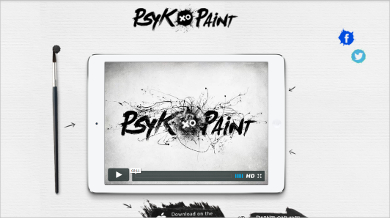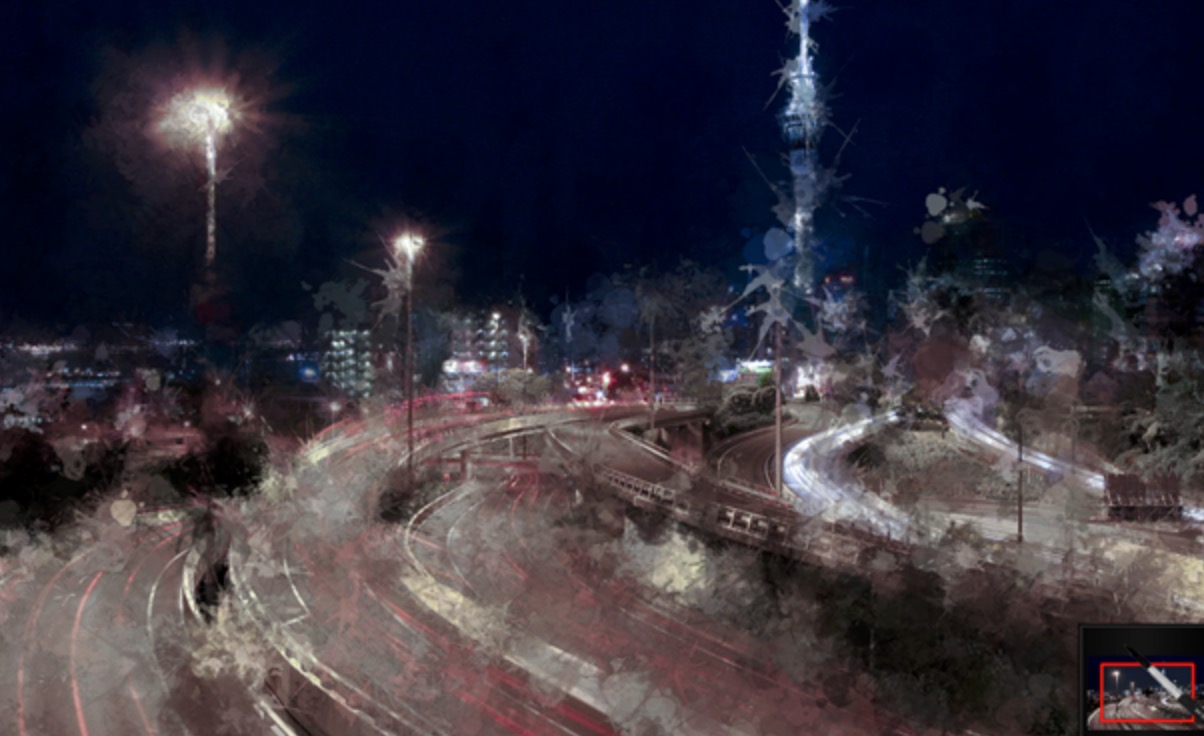
The observation of these slow chemical alterations has resulted in the realisation that paintings can no longer be seen as static objects. Examples of important paint alteration phenomena include cracking of the paint, the discoloration of pigments, the yellowing of varnishes, dirt accumulation, the formation of protrusions and crystalline material deposits on the surface and increased transparency of paint layers.
Oil paint in psykopaint full#
As a result, paintings conservators routinely treat objects without a full understanding of the chemical processes and material properties of the paint. In this review, we will discuss the known physicochemical processes that can be induced or enhanced by solvent exposure, and how these processes may be influenced by the properties of the paint material.Īlthough conservators and conservation scientists now universally recognise that the majority of paintings is affected by diverse and widespread alteration phenomena, these phenomena remain poorly understood. The growing corpus of scientific literature dealing with the physicochemical aspects of oil paint alterations has shed new light on the possible unwanted side-effects of solvent-based cleaning. For varnish removal, cotton swabs with organic solvents such as acetone, ethanol and hexanes are commonly used, whereas aqueous solutions with additives are mostly used to remove surface dirt. For that purpose, cleaning actions like the removal of old or discoloured varnish layers or other unwanted conservation materials may be required.

Paintings conservators go through great efforts to enhance the readability and appearance of paintings. In order to resolve this dilemma, a paintings conservator ideally knows as much as possible about how the paint material can be adversely affected by cleaning. The French philosopher Étienne Gilson once said: ‘There are two ways for a painting to perish, the one is for it to be restored the other is for it not to be restored’. Finally, an outlook for the field of cleaning science is presented. Technological developments in the field of modern materials for solvent- and water-based cleaning are also discussed. Models that have been used to predict varnish solubility or oil paint swelling, such as Teas chart, are critically reviewed from the perspective of the most recent developments in the various scientific disciplines involved. The sections in this overview of the technical cleaning literature are divided into solubility, swelling and diffusion, leaching, solvent evaporation and retention and solvent-mediated chemical reactions. We define the physicochemical processes that occur simultaneously during cleaning as solvent action and investigate how these processes vary with the polymeric structure of the oil binding medium. This review aims to bring both conservators and scientist up-to-date on the recent advances in the literature on oil paint cleaning and proposes a framework for experimental and theoretical investigations into solvent transport in oil paint. In such an interdisciplinary field, it can sometimes be difficult to interpret the practical applicability of the available literature.



The topic requires an intimate and iterative collaboration between conservation scientists and paintings conservators. The science of oil paint cleaning is an interdisciplinary and challenging field of study due to the complex nature of both paintings and cleaning materials.


 0 kommentar(er)
0 kommentar(er)
